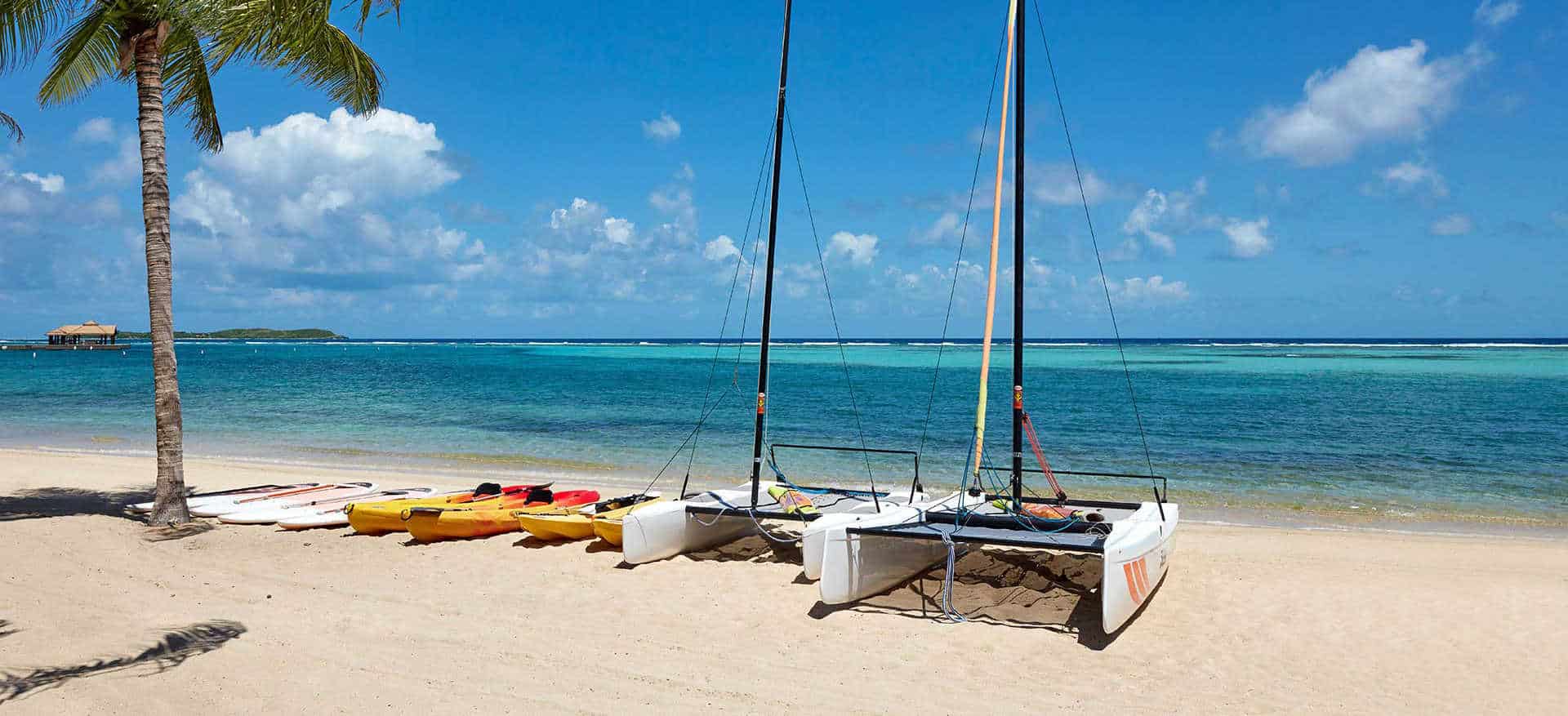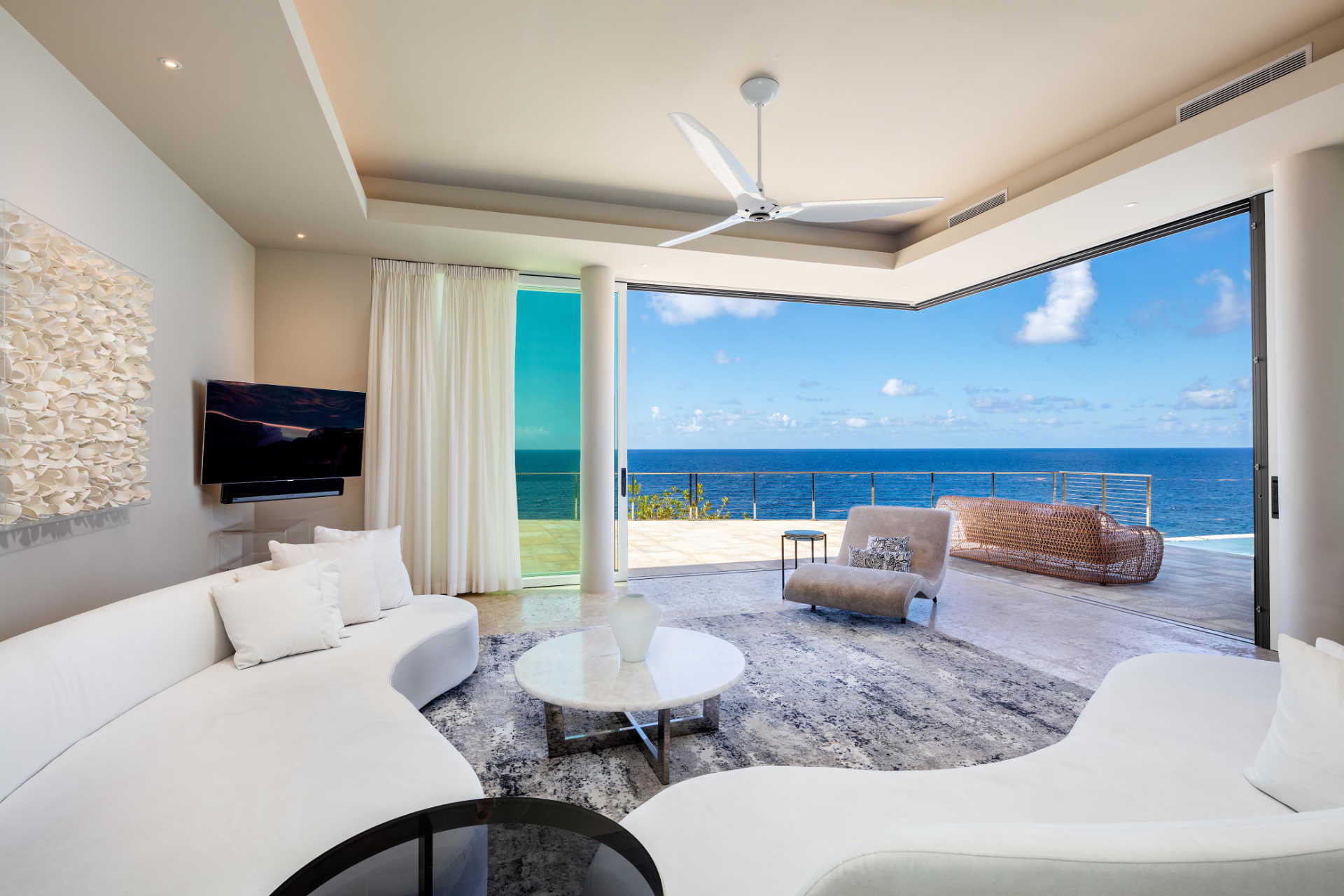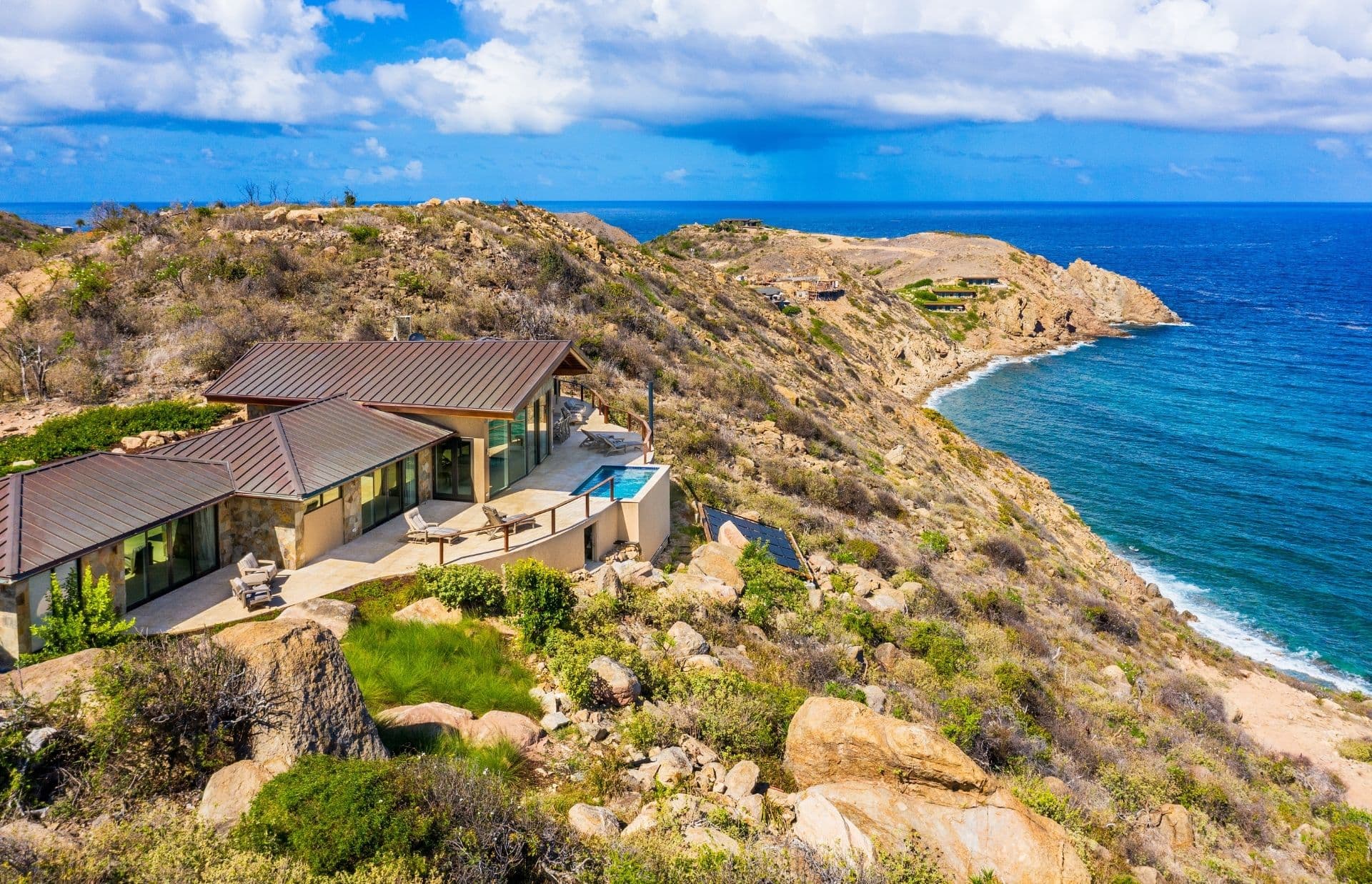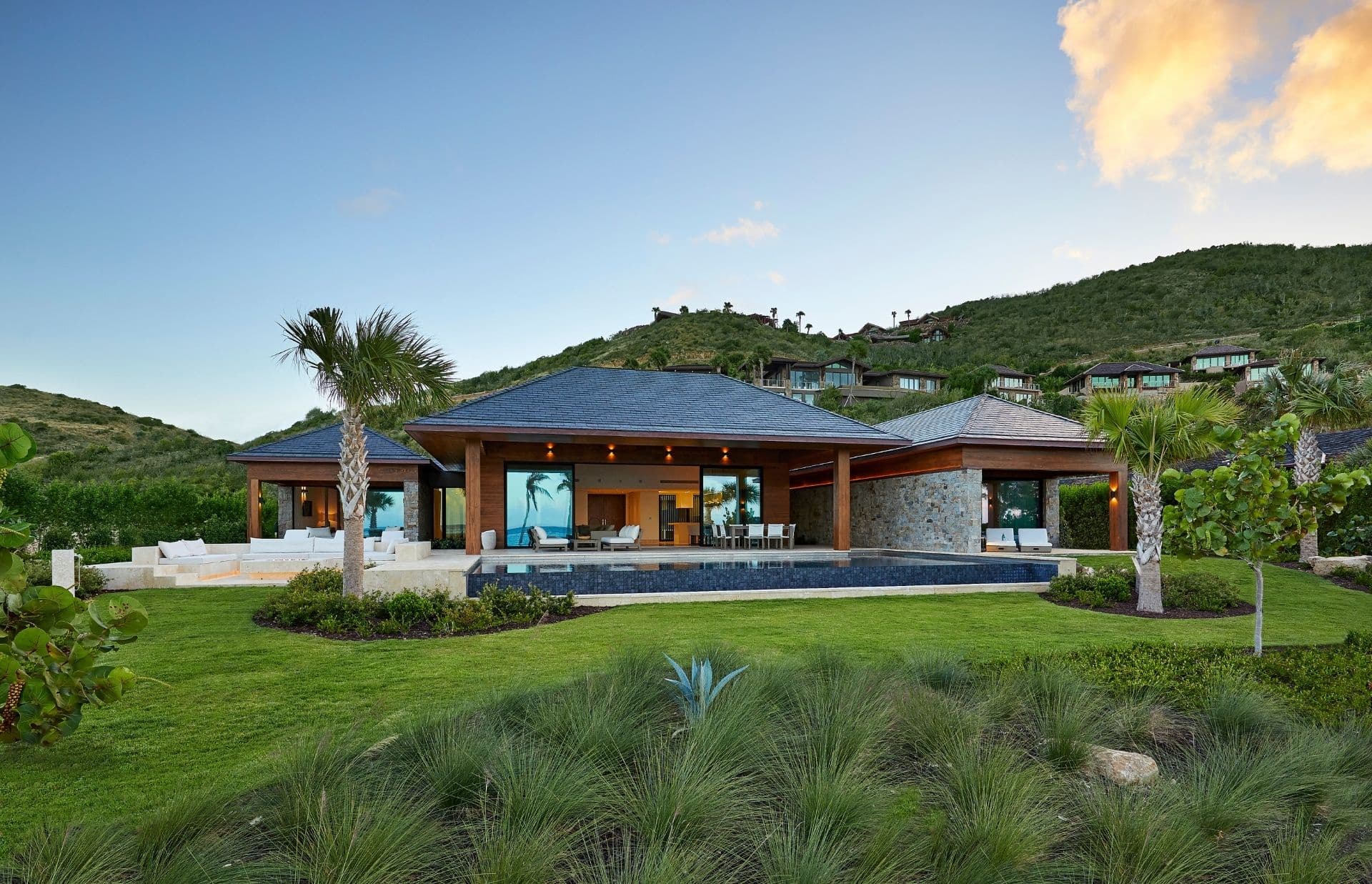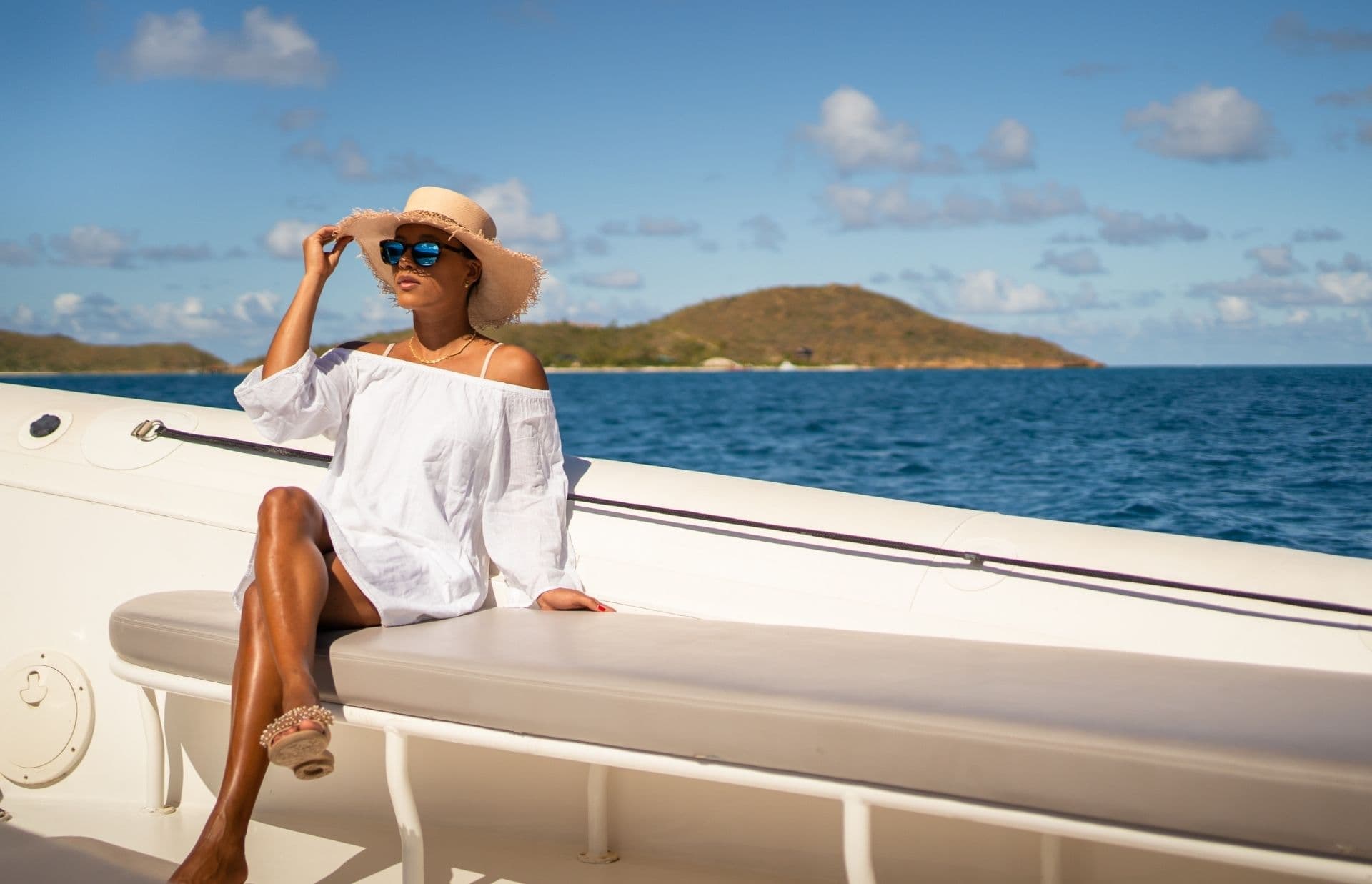It is one of four main islands that make up the British Virgin Islands (BVI), but the history of Virgin Gorda is all its own. From volcanic boulders and old mine shafts to white sand beaches, the island has many stories to tell. But what exactly sets it apart from the other islands, and why should you take a boat or helicopter ride to experience it firsthand?
The more you know about the island’s past, the better you’ll be at making the most of your next visit. Review the basics for a better understanding of its residents, landscapes and the history of Virgin Gorda.
The History of Virgin Gorda – It’s Name
In 1493, Christopher Columbus gave the Virgin Islands their name. He borrowed the idea from the religious legend of Saint Ursula’s martyrs, but as he approached Virgin Gorda, a more specific image came to mind. From afar, the island’s curvy landscape resembles a large woman on her side, so the explorer named her ”fat virgin”.
Volcanic Beginnings
Virgin Gorda’s curves actually come from volcanic activity, as do the separate geological features that distinguish it from the rest of the Virgin Islands. A volcanic crater forms the valley in which Spanish Town sits, for example, and the island’s iconic caverns have lava to thank too. When molten volcanic rock cooled just off the coast, it formed the gigantic granite boulders now known as The Baths.
Today, you can climb along the boulders using rails and ropes, to reach the remote Devil’s Bay on the other side. Snorkelers, swimmers and sunbathers lounge on the powdery sand, and an offshore dinghy dock protects the reef below and gives you a good place to park.
Early Life
Inhabited for a very long time, the history of Virgin Gorda stayed untamed longer than many of its Caribbean neighbors. Long before Europeans began to settle here in the 1600’s, indigenous peoples fished and farmed the fertile island for at least a millennium. These early residents included the Arawak, Ciboney and Caribs, who survived off the vast resources of the Atlantic Ocean, Caribbean Sea and tropical vegetation.
Some of Virgin Gorda’s first families knew something that Europeans wouldn’t discover until a millennium later: it was a rich source of copper. Archeologists and anthropologists have evidence of handcrafted copper jewelry and weapons, which prove there were some primitive mining and metalwork operations long before Western civilization took note.
Europeans Arrive – Post Colonial History of Virgin Gorda
Pirates eventually kicked off the colonization process, taking advantage of the island’s coastline to ambush Spanish ships. Its reefs, cliffs and coves came from long-ago volcanoes, but they made the coastal valley a convenient place for these lawbreakers to commit their maritime crimes.
As the westernmost part of the BVI, it was also a good stopping point on the way out to sea. For seafarers who were bound for Central America, North America or any of the other Caribbean islands nearby, Virgin Gorda’s curvy profile might have been a beacon on the horizon. For those who came too close, it was a death trap; the sharp reefs gave waiting pirates the perfect opportunity to strike.
Industry Highs and Lows
Of course, Europeans eventually colonized Virgin Gorda in earnest. Dutch settlers started moving in during the late 1580s, and the Brits claimed control in the 1670s. They built sugar plantations, which kept the economy afloat for more than a century but floundered when slavery was abolished in 1838. By then, more than a hundred Cornish miners had established copper mines to tap into the North Sound’s rich mineral deposits.
After the copper mines closed, Virgin Gorda flailed once again. It wasn’t until the 1960s that its Spanish towns and rocky beaches started attracting international visitors, but because these visitors included some of the world’s wealthiest families, Virgin Gorda quickly became a mix of protected lands and tropical resorts.
Recent Restoration Efforts
Virgin Gorda’s Old Copper Mine is now a national park, complete with the restored ruins of the mine shafts, engine house, and other buildings that housed those early Cornish occupants. The are working hard to preserve the history of Virgin Gorda. The North Sound’s dramatic coves, meanwhile, are known as The Baths. They’re a picture-perfect tourist destination with clear blue water and pirate hideout photo ops.
Today, Virgin Gorda is distinguished by harbors that house world-class yacht clubs, resorts that offer breathtaking views and amenities, and the historic Spanish Town, which still has traces of nearby mining ruins and streets.
It’s an anachronistic mix of modern luxuries, untouched landscapes and the ghosts of fallen industries, but most of all, Virgin Gorda is a gorgeous getaway that makes it easy to focus on the present moment.





